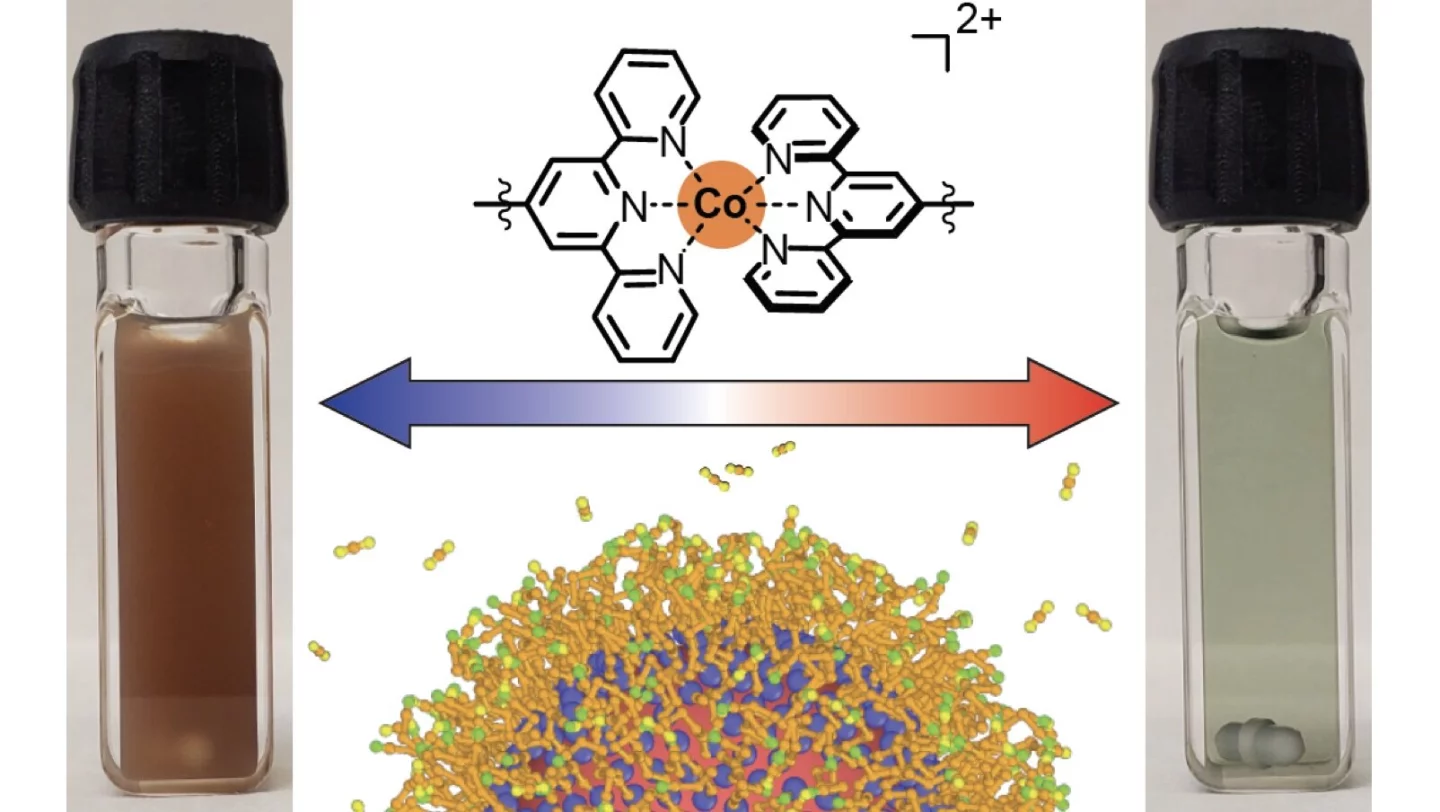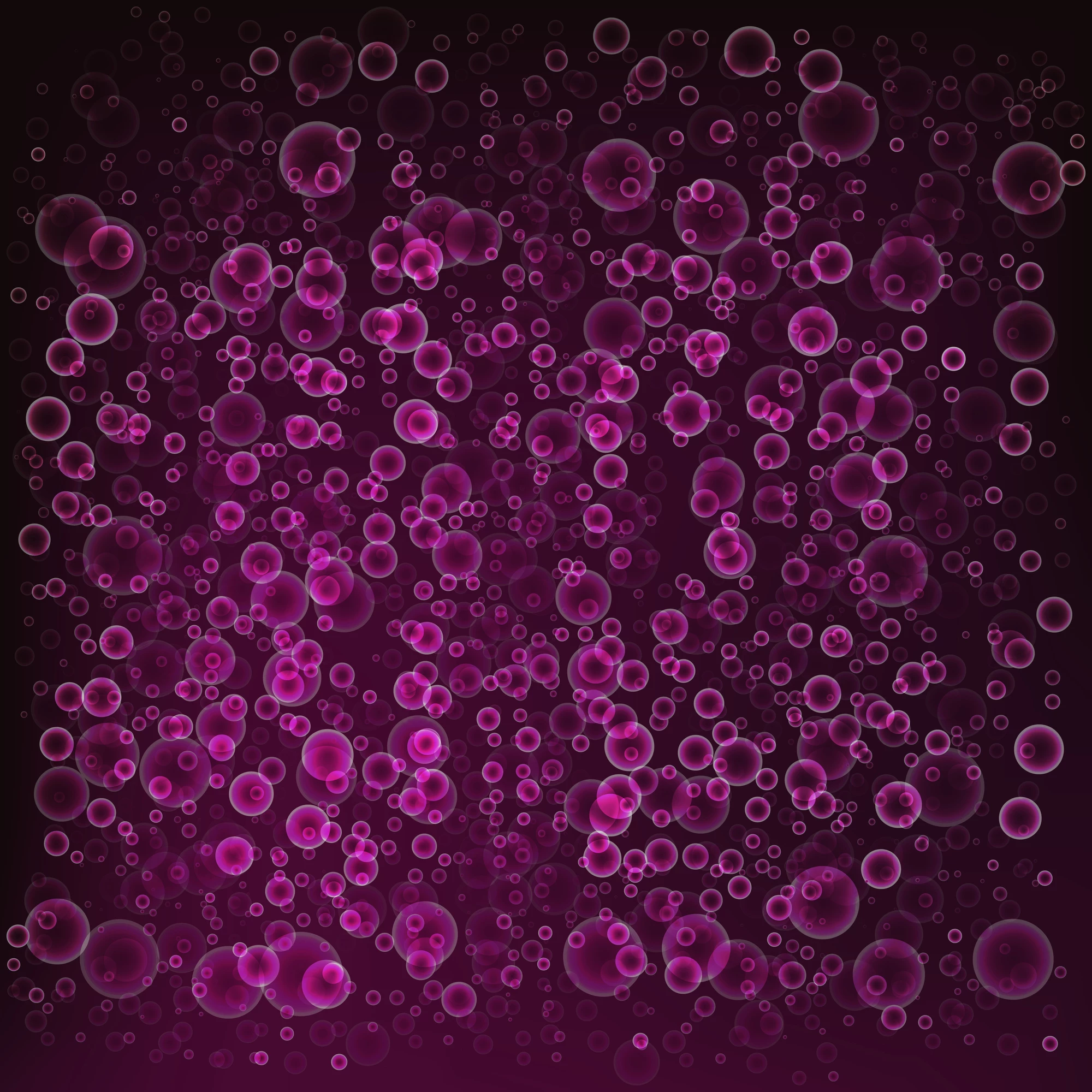Researchers at the University of Texas at Austin have developed a strange new nanocrystal material that can switch between gel and liquid states in response to temperature or other triggers. This could be used to make light filters or even active thermal camouflage.
The material is made up of nanocrystals of indium tin oxide, dispersed in a solution. At room temperature, those nanocrystals bond together thanks to molecular linkers, forming a gel consistency. But when heated to 90 °C (194 °F), those bonds break down and the gel disperses back into a liquid form, changing its color and other properties in the process.
The team says that this switching gel could be used as optical filters that absorb different colors of light depending on whether they’re in their gel or liquid state. That could make for thermal camouflage systems that hide objects by changing the infrared properties of their surfaces, or dynamic heating and cooling systems for spacecraft or buildings.
And the potential applications could get much more varied than that. The nanocrystals and the linkers can both be tweaked as needed – using different linkers, for example, could make for gels that switch states based on ambient temperature, the presence of toxins, magnetic fields, pH changes, or other chemical signatures. Using different types of nanocrystals could change how the material reacts to light.

Together, these could make the material quite versatile. It could be used as a sensor that changes color and state when it detects dangerous substances, or as a vessel for drugs or other molecules, releasing its payload when it encounters, for instance, the acidic environment around cancer cells.
The team is currently developing the materials further, with plans to combine multiple nanocrystals to create a gel that switches between four different states in response to either chemical signals or temperature changes.
The research was published in the journal Science Advances.
Source: University of Texas at Austin via Phys.org





